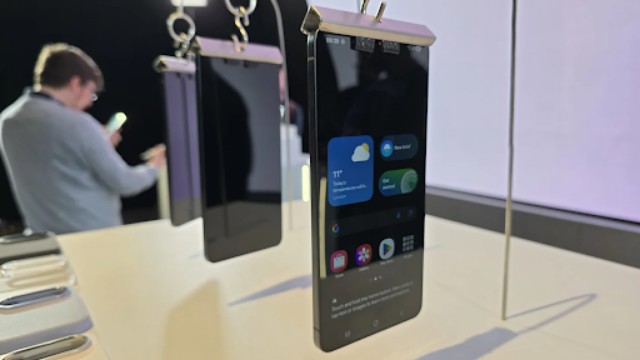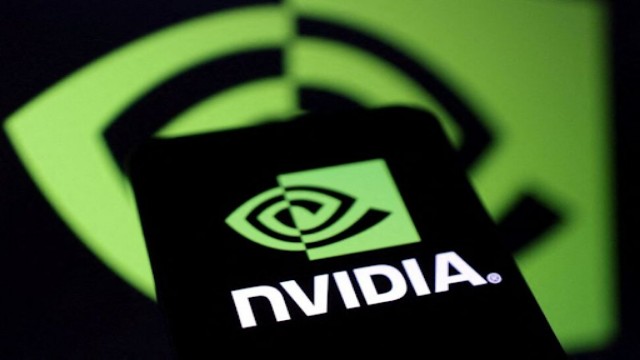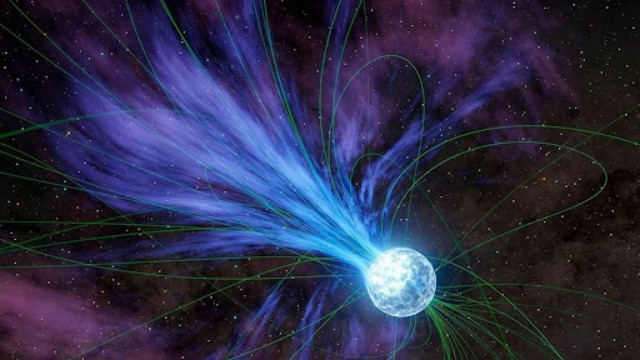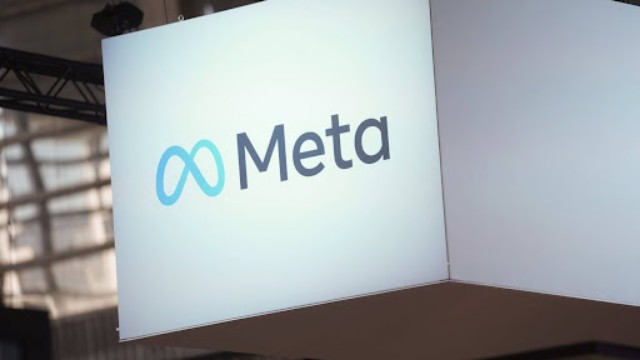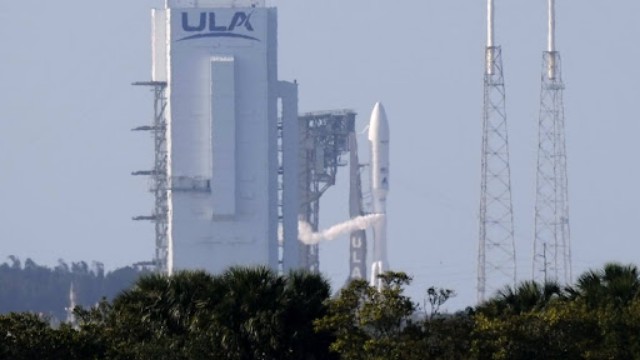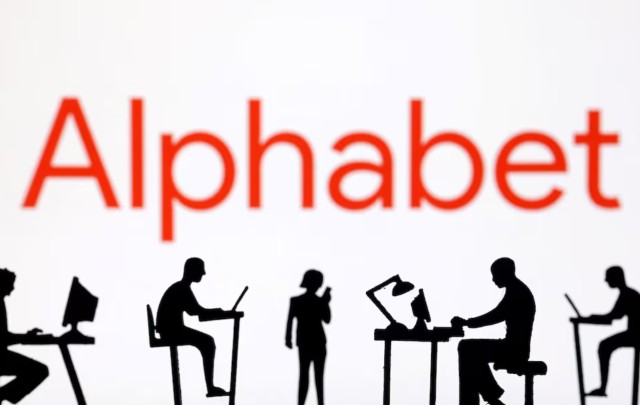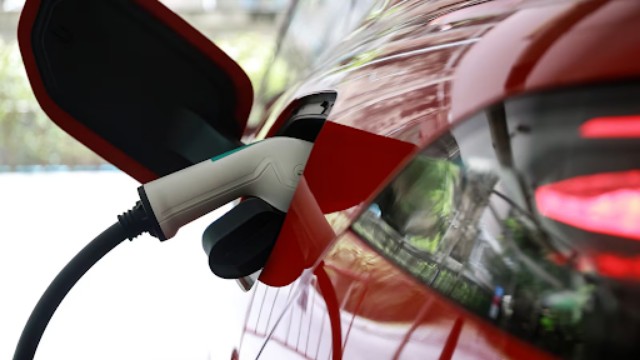
This photo provided by NASA, an STS-125 crew member aboard the Space Shuttle Atlantis captured this image of NASA’s Hubble Space Telescope on May 19, 2009. NASA said the telescope slipped into a hibernating state more than a week ago when one of its gyroscopes _ part of the pointing system _ malfunctioned. The same device has been acting up for months and disrupting scientific operations. Hubble remains safe but inactive as flight controllers figure out how to proceed, officials said. The space agency planned to outline a path forward on Tuesday, June 4, 2024.(NASA via AP)
Hubble, the renowned space telescope, recently encountered another setback. It transitioned into a dormant state over a week ago due to a malfunction in one of its three gyroscopes, crucial for its pointing system. This particular gyroscope had been causing issues for several months, disrupting its scientific operations. Despite attempts to rectify the problem, NASA announced on Tuesday that the efforts were unsuccessful. Consequently, Hubble will now function with only one operational gyroscope, significantly limiting its scientific capabilities.
This adjustment means that Hubble will remain inactive until around mid-June. While the telescope will not be as agile as before and will require more time to target objects, officials assure that it will still be able to make discoveries throughout this decade and beyond. According to NASA project manager Patrick Crouse, Hubble is not considered to be in its final stages.
At present, there are no plans for a mission to elevate the observatory to a higher orbit to prolong its lifespan. Even though a billionaire who has secured his own SpaceX flights offered to fund and execute this task, NASA's astrophysics director, Mark Clampin, emphasized that the associated risks outweigh the potential benefits. He stated that further analysis would be necessary before such a decision is made.
Hubble has had a tumultuous journey since its launch in 1990, initially grappling with blurred vision caused by a misshapen mirror. However, subsequent repairs conducted by spacewalking astronauts restored its visual acuity, allowing it to capture breathtaking images of ancient galaxies and other celestial phenomena with remarkable clarity.
During astronauts' final servicing mission in 2009, Hubble received six new gyroscopes. Unfortunately, three of them have been non-functional for an extended period. These gyroscopes are essential for stabilizing the telescope and ensuring it maintains the correct orientation in space by monitoring its rotation and position.
With only one gyroscope available for pointing, and another held in reserve for potential future use, Hubble's operational capacity has been significantly diminished. Nevertheless, its successor, the Webb Space Telescope, launched in 2021, promises to offer even greater capabilities and insights into the cosmos.


